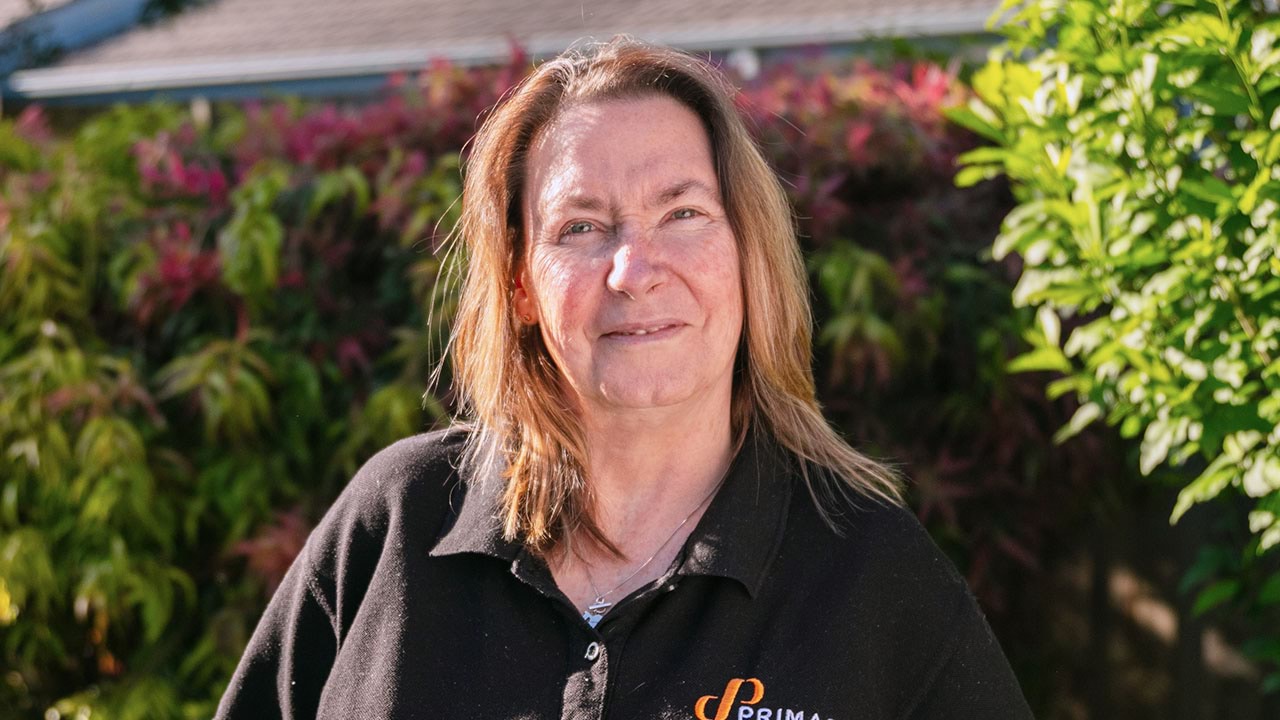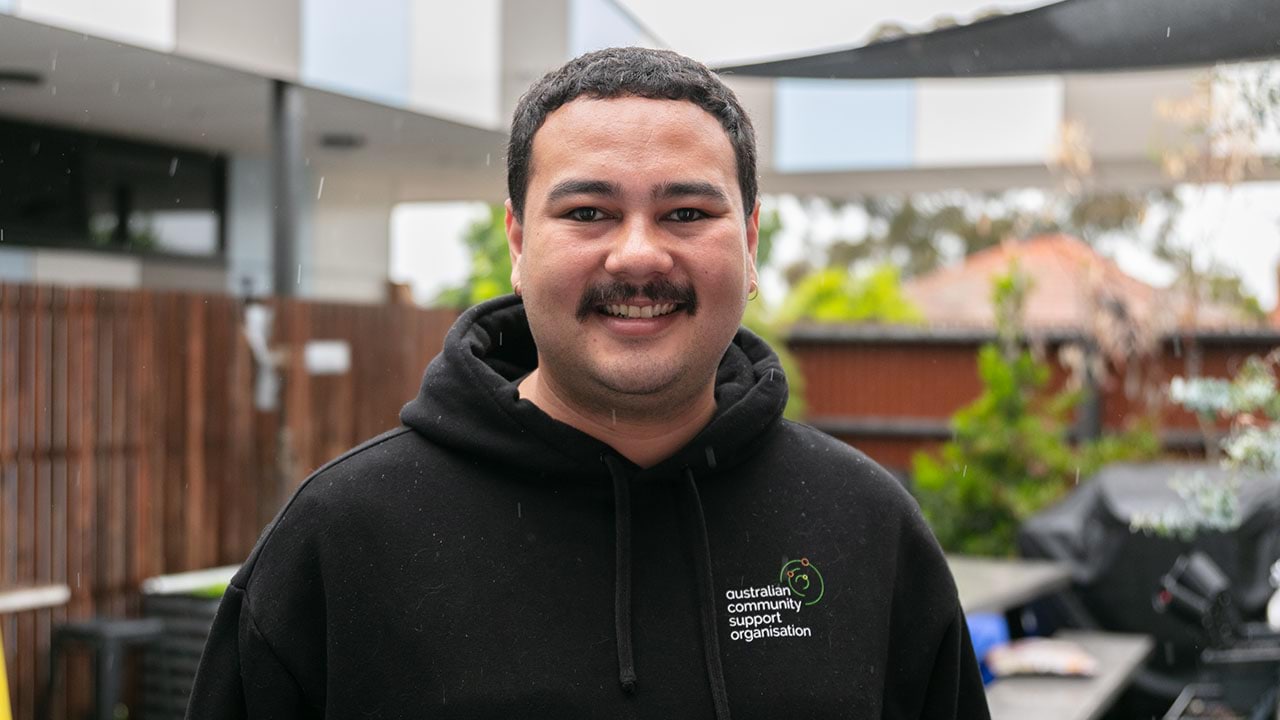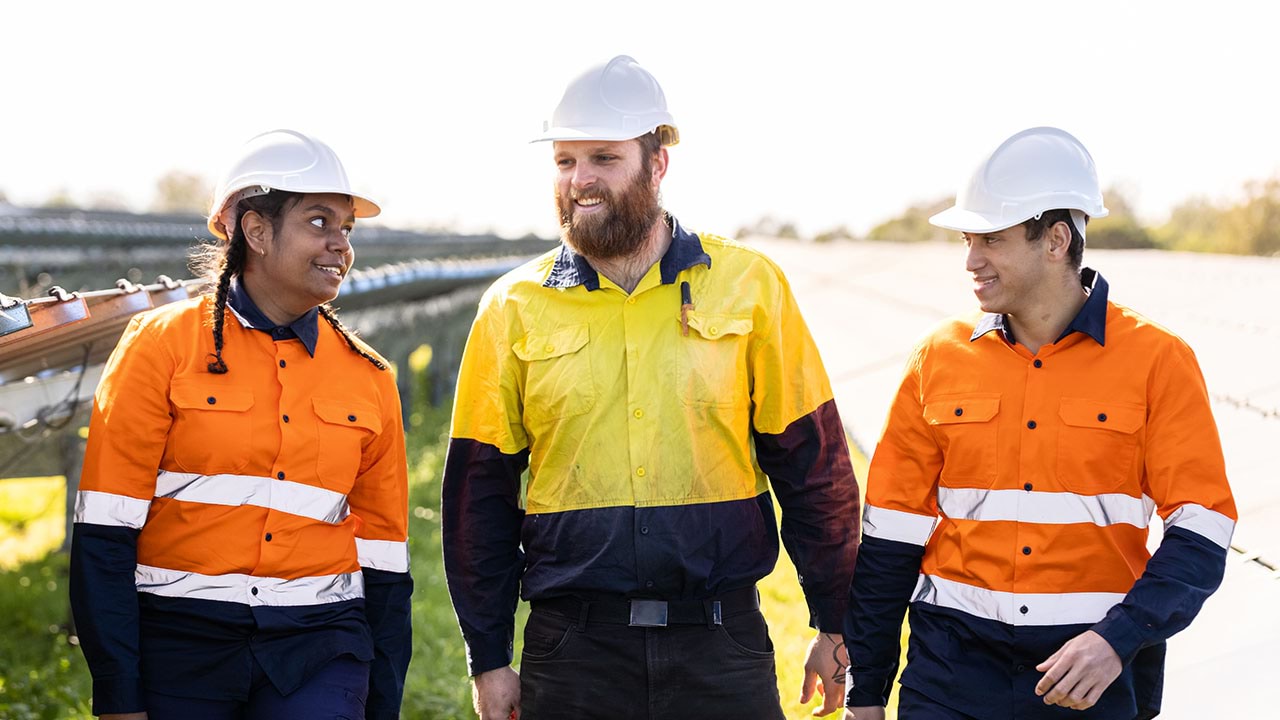A career in community services is not only rewarding, it is also one of the most needed industries in Victoria. You’ll be able to make a positive difference to peoples’ lives by helping them achieve their goals and live up to their full potential.
What people love about working in community services
Here are some of the benefits of working in community services:
- You can make a positive impact on people’s lives and help them reach their full potential.
- The work is varied and no 2 days are ever the same.
- You can support people from different backgrounds, ages and abilities. You will also get to know their families.
- Opportunities in regional and metropolitan Victoria means you’re more likely to find a job closer to home.
- The work is flexible, so you can tailor your workload to suit your needs. There are opportunities for part-time, casual, full-time and shift work.
Where you can work
The community services industry has a wide range of employers. For example, you could work for a private business, a government agency, or a non-profit organisation.
The kinds of community services settings you could work in include:
- aged care facilities
- disability care facilities
- residential homes
- community hubs and centres
- rehabilitation facilities
- mental health facilities
- charities and not-for-profit organisations
- prisons and correctional services
- specialist schools and education services
- office settings.
If you’re not sure which area you’d like to work in, you could do a community services(opens in a new window) qualification. This will give you core skills, and you can choose electives to learn about different areas of the industry.
Median salary
The median weekly earnings for people who work in the health care and social assistance industry in Australia is $1,620.
Source: Jobs and Skills Australia(opens in a new window)
Please note:
- Community services is part of the health care and social assistance industry.
- This salary is current as of January 2025 and is indicative only. A range of salaries apply to different roles across the industry.
Job demand in Victoria
Below are employment projections for the health care and social assistance industry in Victoria. Figures show the number of workers in 2024 and the new workers expected to enter the workforce by 2027 and 2034.
‘New workers expected’ accounts for workers adding new jobs to the economy and replacing retirees over the next 3 and 10 years. These projections are estimates only. There will be additional jobs available as people move between jobs and industries.
Note that specific data is not available for community services.
| Region | Workers 2024 | New workers expected by 2027 | New workers expected by 2034 |
|---|---|---|---|
| Victoria | 574,520 | 86,482 | 335,454 |
| Melbourne – inner metropolitan | 83,258 | 14,428 | 53,073 |
| Melbourne – inner south-east metropolitan | 49,314 | 6,471 | 24,548 |
| Melbourne – southern metropolitan | 74,782 | 10,546 | 41,691 |
| Melbourne – northern metropolitan | 73,399 | 11,884 | 48,030 |
| Melbourne – eastern metropolitan | 80,941 | 10,945 | 42,911 |
| Melbourne – western metropolitan | 56,059 | 10,382 | 40,687 |
| Ballarat and surrounds (Central Highlands) | 18,990 | 2,814 | 10,782 |
| Bendigo, Echuca and surrounds (Loddon Campaspe) | 25,143 | 3,413 | 13,445 |
| Geelong, Colac and surrounds (Barwon) | 36,954 | 5,909 | 23,286 |
| Gippsland | 26,618 | 3,623 | 14,320 |
| Horsham and surrounds (Wimmera Southern Mallee) | 5,696 | 689 | 2,456 |
| Mildura, Swan Hill and surrounds (Mallee) | 9,004 | 1,063 | 3,879 |
| Shepparton, Seymour and surrounds (Goulburn) | 11,279 | 1,397 | 5,343 |
| Wangaratta, Wodonga and surrounds (Ovens Murray) | 12,169 | 1,566 | 6,067 |
| Warrnambool, Hamilton and surrounds (Great South Coast) | 10,914 | 1,351 | 4,937 |
Source: Victorian Skills Authority Employment Projections Dashboard
Career success stories

Never too late: Debbie finds her passion in mental health
“I help people with complex mental health needs who are working towards recovery. This looks different for each individual. Knowing you can be there to help them achieve their goals is so rewarding.”

Kim’s career switch to community services
“I completed my Diploma of Counselling online and when I finished I was employed from then onwards. There are many more opportunities for me now, but I want to stay in a job where I’m helping people.”

Rebecca opens doors with a business traineeship
“The trainers at TAFE were really supportive and able to teach in a way that suited my needs. I recommend the traineeship pathway to people with disabilities because we learn best by doing things.”

From chef to caseworker: Raka’s recipe for success
“I work with people who have been in contact with the justice system. There are days where the life path of someone can be altered significantly. You can be there to enable a change for the better.”
Resources to plan your next steps
Visit our community services industry profile to find out about:
- what it’s like to work in community services, and some of the jobs you could do
- training and skills to work in the industry, and financial assistance to help pay for your course
- help getting a job in community services, and industry job projections for Victoria
- other free resources and advice to plan your training and career.
Explore growing industries in your region
Updated



